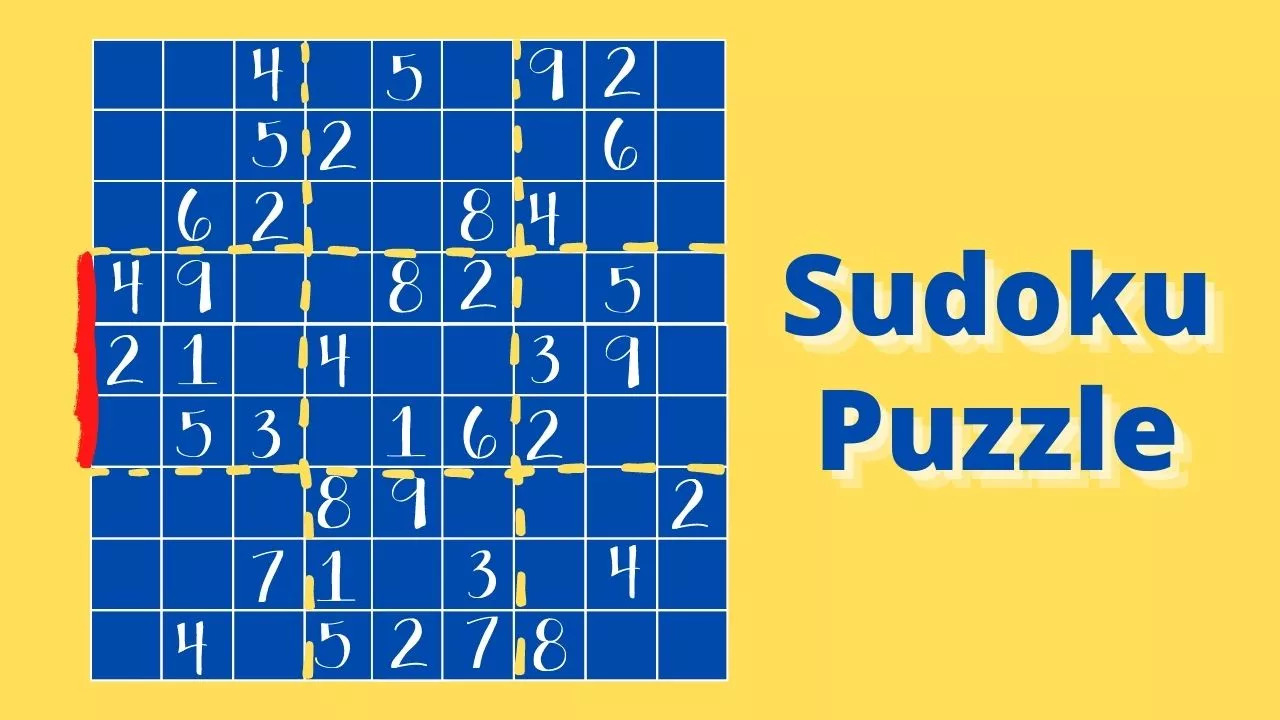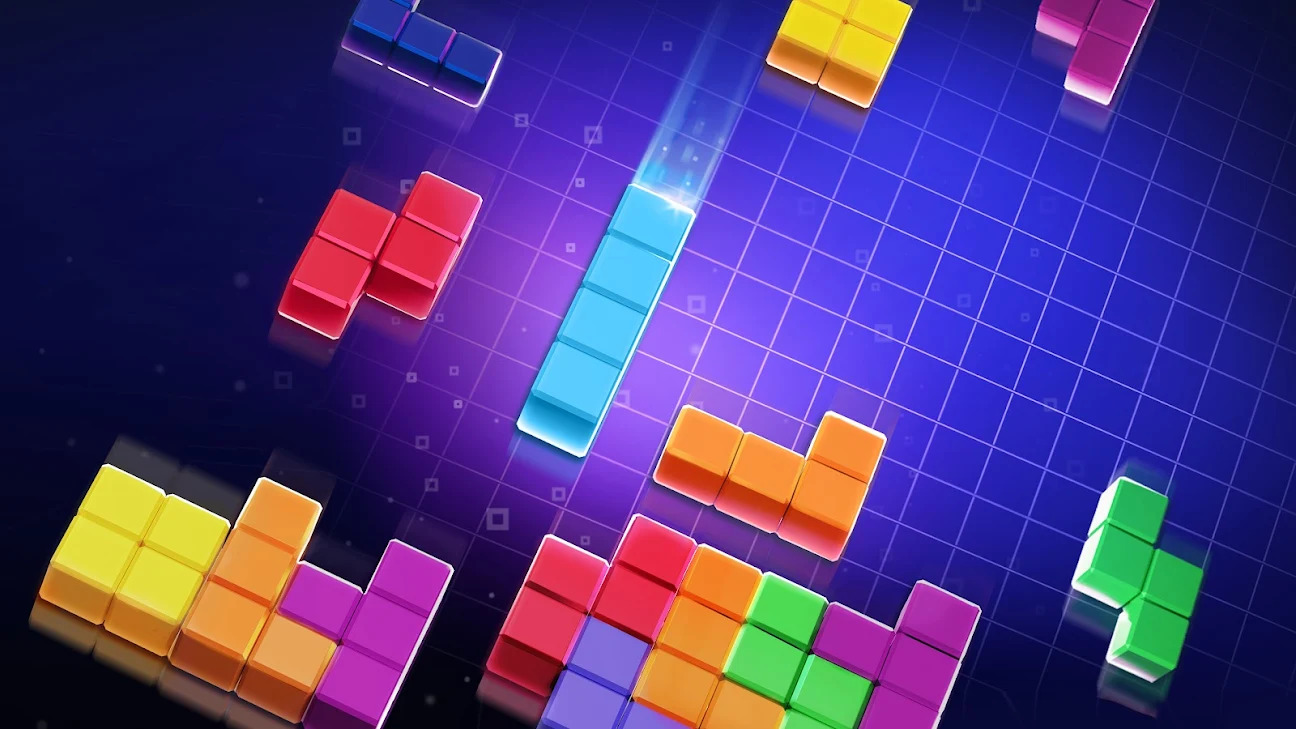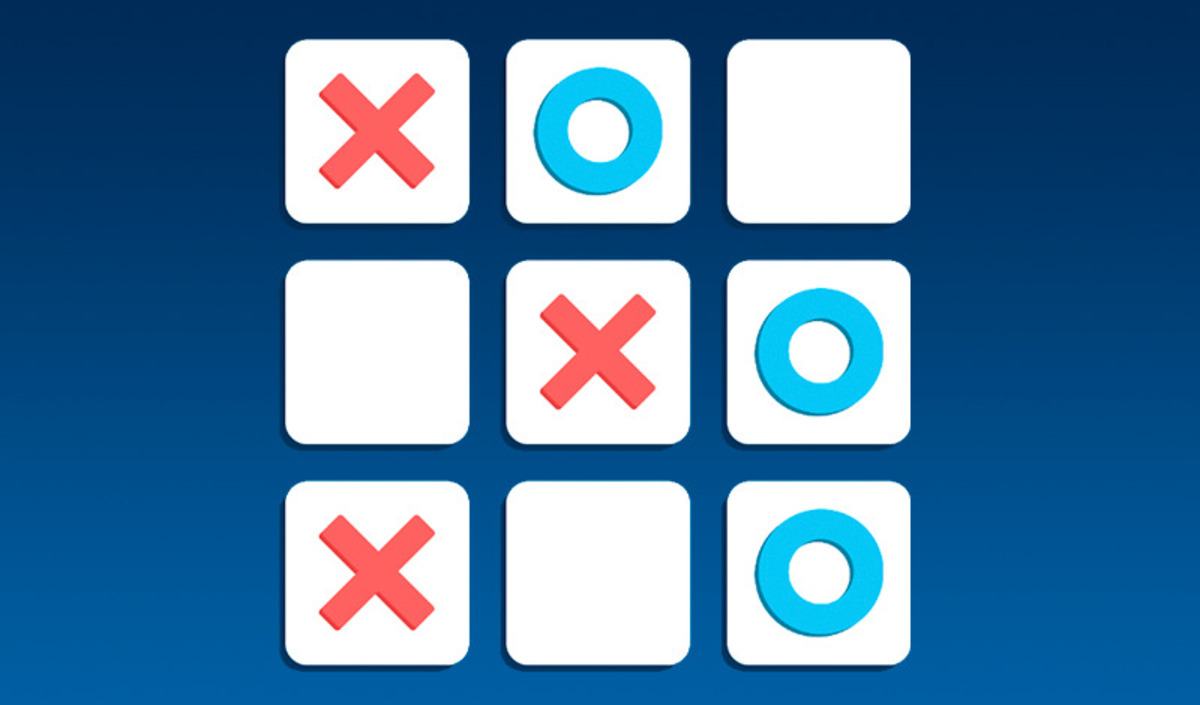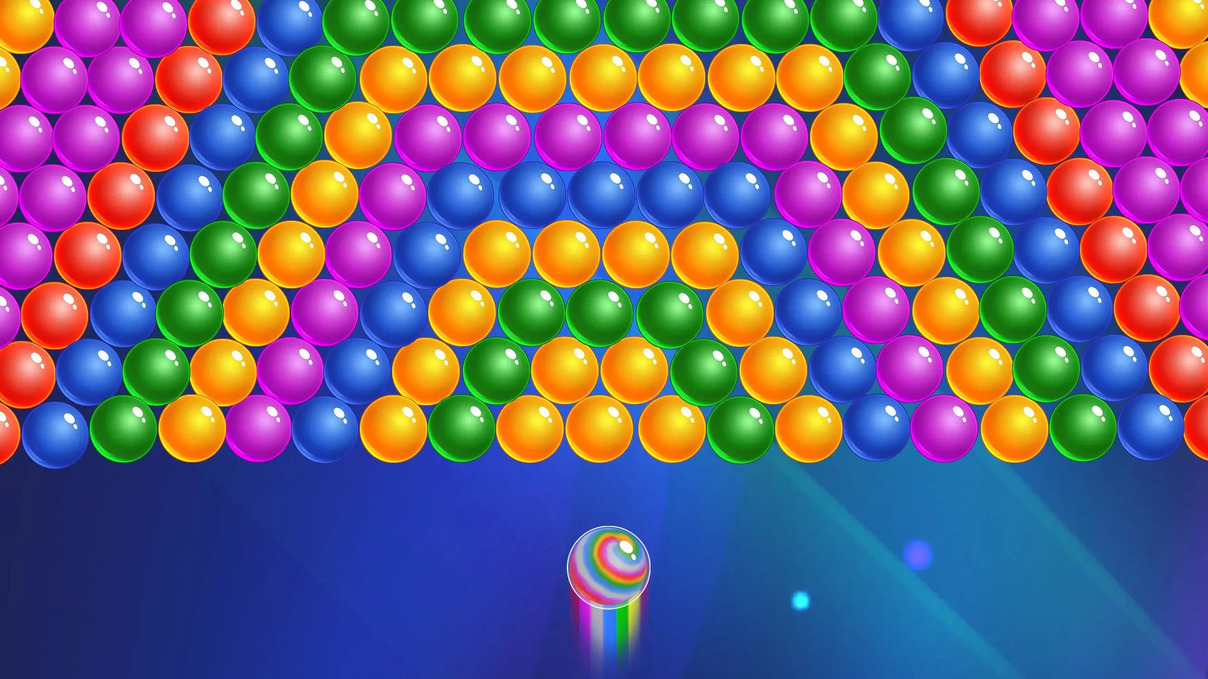What Is Sudoku?
Sudoku is a classic logic-based puzzle game that challenges players to fill a 9×9 grid with numbers while adhering to specific rules. Renowned for its simplicity and intellectual depth, it has become one of the most popular puzzle games worldwide, captivating casual players and puzzle enthusiasts alike. Its appeal lies in its universal accessibility, requiring no prior knowledge or mathematical skills, making it suitable for players of all ages.
The objective of this puzzle game is to ensure that every row, column, and 3×3 subgrid contains the numbers 1 through 9 without repetition. Each puzzle begins with a partially completed grid, and players must use logic and deduction to fill in the blanks. With difficulty levels ranging from beginner to expert, Sudoku offers a rewarding mental exercise for everyone. Its clean design, timeless mechanics, and stimulating gameplay have cemented its place as a staple in the world of puzzles.
Gameplay and Objectives
The primary goal of Sudoku is to complete the grid so that each number from 1 to 9 appears exactly once in every row, column, and 3×3 subgrid. Players begin with a partially filled grid, with the number and placement of pre-filled cells varying by difficulty level. The challenge is to deduce the correct placement of the remaining numbers based on logical reasoning.
To play Sudoku, players analyze the grid and identify cells where only one number can logically fit, gradually filling in the blanks. The game does not require arithmetic skills; instead, success hinges on recognizing patterns and using deduction to eliminate possibilities. Each move narrows down the options, bringing the puzzle closer to completion.
Features and Highlights
Sudoku’s straightforward mechanics are its greatest strength. The game’s design, often featuring a clean and uncluttered grid, allows players to focus entirely on solving the puzzle. Modern digital versions of Sudoku offer additional features like hints, undo options, and error-checking to assist beginners and enhance the experience.
The game’s scalability is another highlight. From quick 5-minute beginner puzzles to intricate expert-level challenges requiring hours of concentration, Sudoku caters to varying skill levels and time commitments. Its widespread availability in newspapers, magazines, apps, and websites ensures that players can enjoy Sudoku anywhere, anytime.
Tips and Strategies
Beginner Tips
For new players, starting with easy puzzles is crucial to building confidence and understanding the rules. Begin by identifying rows, columns, or subgrids with the most pre-filled numbers, as these offer the best starting points. Look for obvious placements where only one number can fit and fill those cells first.
Avoid guessing, as incorrect placements can complicate the puzzle and lead to dead ends. Instead, use the process of elimination to narrow down possibilities. Keeping notes in cells—either mentally or using pencil marks—can help track potential numbers and streamline decision-making.
Advanced Strategies
Advanced players can elevate their skills by employing techniques like scanning, cross-hatching, and block-line interactions. Scanning involves systematically checking rows, columns, and subgrids to identify missing numbers. Cross-hatching narrows down options by analyzing intersections of rows and columns.
Techniques like naked pairs, hidden pairs, and X-Wings require deeper logical reasoning and pattern recognition. These methods focus on eliminating possibilities by identifying relationships between numbers and cells. Developing a methodical approach and practicing regularly can help players tackle even the most challenging puzzles with confidence.
Variants or Related Games
Variants and Spin-Offs
Sudoku has inspired numerous variations that add new dimensions to the classic puzzle. Popular variants include Killer Sudoku, which combines Sudoku rules with arithmetic constraints, and Samurai Sudoku, featuring overlapping grids. Hyper Sudoku introduces extra subgrids, while Diagonal Sudoku requires numbers to appear uniquely along the diagonals.
These variants challenge players to adapt their strategies and provide fresh takes on the original game. Digital versions often include these variations, ensuring diverse gameplay experiences for Sudoku fans.
Similar Games You Might Enjoy
Fans of Sudoku may also enjoy puzzles like Kakuro and KenKen, which blend logic and arithmetic. Kakuro challenges players to fill grids with numbers that sum to specific values, while KenKen adds mathematical operations like addition and multiplication. Both games share Sudoku’s focus on logical reasoning and pattern recognition, making them ideal for players seeking similar mental challenges.
The Origins of Sudoku
Sudoku, though widely associated with Japan, traces its roots to an American puzzle called “Number Place,” first published in 1979. However, it gained global fame when Japanese publisher Nikoli introduced it under the name “Sudoku” in 1984, meaning “single number.” Its simplicity and elegance quickly captivated players, leading to its widespread adoption in Japan and beyond.
How Sudoku Has Evolved
Sudoku’s global popularity surged in the early 2000s, thanks to widespread inclusion in newspapers and the development of digital versions. Today, Sudoku is a cultural phenomenon, with international competitions, dedicated apps, and even academic studies exploring its mathematical properties. The game has evolved to include innovative variations, user-friendly interfaces, and interactive features that appeal to modern audiences.
The advent of mobile gaming has further expanded Sudoku’s reach, making it more accessible than ever. From traditional paper grids to sophisticated digital platforms, Sudoku continues to evolve while retaining its timeless appeal.
Did You Know?
Sudoku is often mistaken for a mathematical puzzle, but it requires no arithmetic skills—just logic and pattern recognition. Its original name, “Number Place,” reflects this focus on logical placement rather than numerical computation.
Interestingly, there are only 6,670,903,752,021,072,936,960 possible Sudoku grids, but most puzzles focus on those with unique solutions. Another fun fact is that Sudoku has inspired artificial intelligence research, with algorithms developed to solve puzzles efficiently.
Why Sudoku Is Worth Playing
Sudoku offers a perfect balance of relaxation and mental stimulation, making it an ideal pastime for players of all ages. Its intuitive rules and scalable difficulty ensure that anyone, from beginners to seasoned solvers, can enjoy the challenge. Whether you’re looking for a quick mental break or an intricate puzzle to immerse yourself in, Sudoku delivers endless satisfaction.
The game’s versatility, combined with its timeless appeal, has made it a cornerstone of the puzzle genre. Its ability to engage the mind, foster logical thinking, and provide a sense of accomplishment has cemented its place as a global favorite. Dive into a Sudoku puzzle today and experience the joy of solving.
Share Your Thoughts
Have you solved a challenging Sudoku puzzle recently? Share your experiences, strategies, or favorite Sudoku variants in the comments below. Don’t forget to check out our other puzzle game reviews for more mentally stimulating games.



